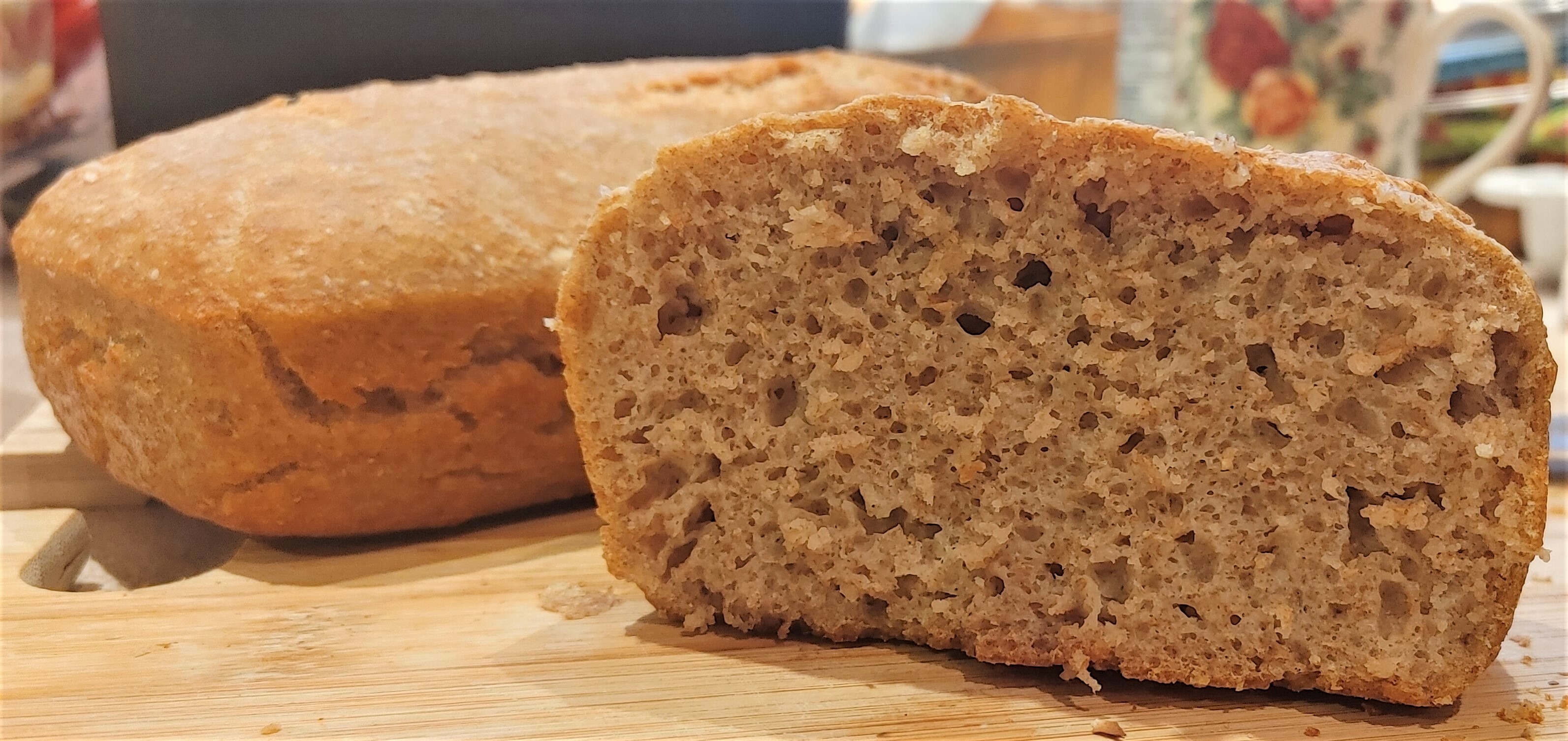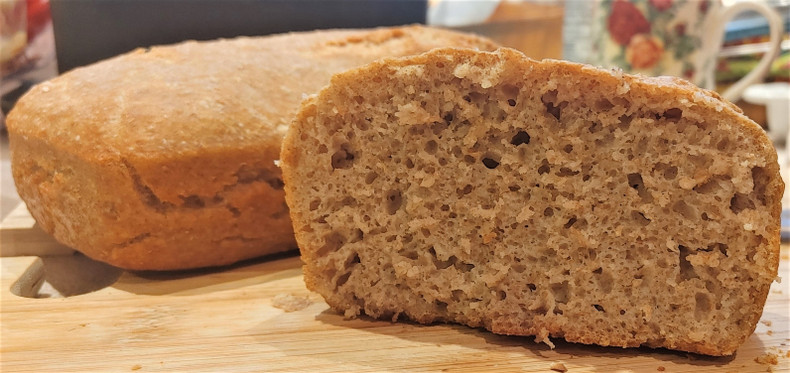
A few useful sourdough tips:
- An active sourdough starter will generate bubbles and a light, tangy, vegetal aroma several hours after being fed fresh flour and water.
- If your starter is new or you've just taken it out of the fridge, it will take a few days to become fully active.
- Skimp on the water when adding it to the flour to avoid making a dough that's too runny.
- Whole wheat flour will rise less than white flour and yield a darker tint.
- Cover the mixture with a cloth and place it in a warm spot. The microorganisms prefer a dark, moist, warm environment similar to the conditions inside the human body.
- If your dough is runny or sticky, handle it using wooden spoons dipped in water between handlings and bake it in non-stick molds.
- Thick dough can be shaped by hand.
- Sourdough rises slowly, mildly, and less than commercial bread. Expect the volume to rise between a third to over a double after 8-9 hours, depending on the ambient temperature, the strength of your starter, the type of flour used, and the ratio between the starter and flour/water.
- When the dough stops rising, bake it in the oven.
- Bake for around 45 minutes at 425 F depending on your oven. You can place a container with water in the oven for moisture.
- Homemade sourdough bread will be flavorful, tangy, and denser than factory bread.
- Add the discarded starter to your next batch or make tangy pancakes with it.
- If you're not planning on using your starter for a while, put it in the refrigerator.



